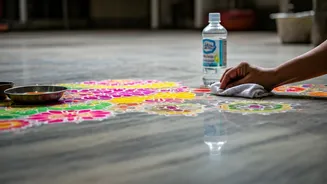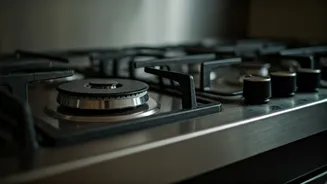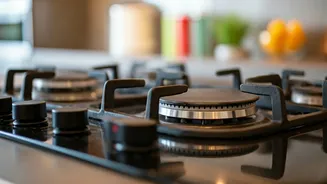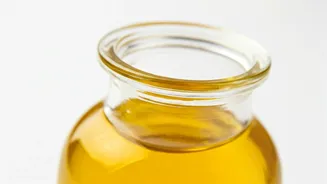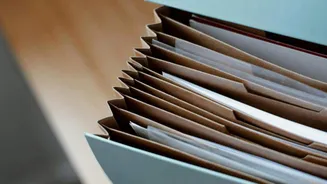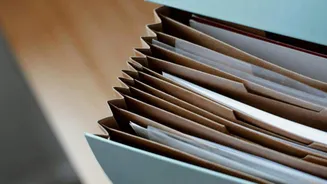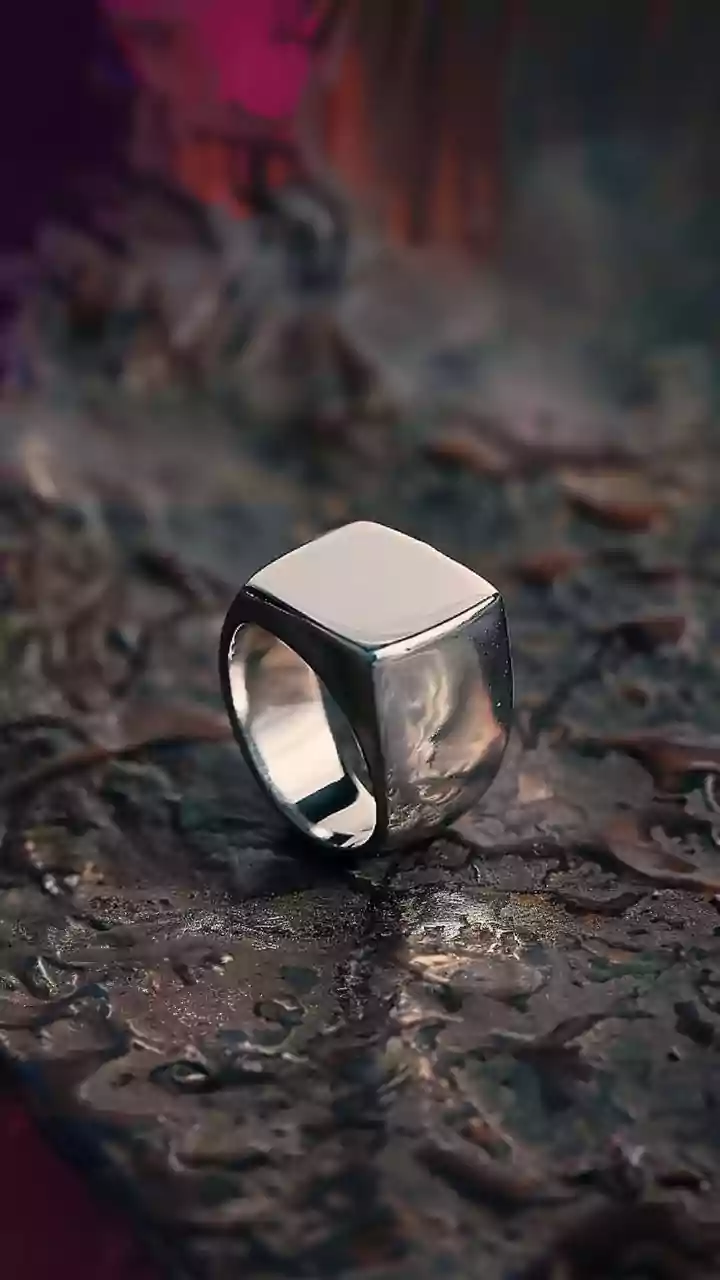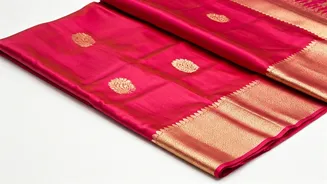The Sticky Situation
The vibrant festivities of Diwali bring joy, but they can also create a cleaning challenge, particularly when it comes to removing rangoli stickers. These
colorful decorations leave behind stubborn adhesive that can mar the appearance of your floors. Fortunately, with a little know-how, you can banish the stickiness without resorting to harsh chemicals or damaging your flooring. This guide will provide you with several effective methods, employing common household items, to restore your floors to their clean, original condition after the festive celebrations.
Hot Water & Soap
A simple solution of hot water and dish soap can be a great starting point for tackling those sticky patches. Mix hot water with a few drops of dishwashing liquid, ensuring the water is warm but not scalding. Apply this mixture directly to the sticker residue, allowing it to sit for a few minutes. This allows the soap to penetrate and soften the adhesive. After waiting, gently scrape away the loosened sticker using a plastic scraper or even your fingers. This method is gentle and effective for many floor types, making it a reliable first step in your cleaning process. Always test in a hidden area first to make sure this method does not damage your floor.
Rubbing Alcohol's Power
Rubbing alcohol can be a surprisingly effective weapon against sticky residue. Soak a clean cloth in rubbing alcohol, ensuring it's saturated but not dripping. Place the alcohol-soaked cloth directly over the sticker residue, allowing it to sit for a few minutes. The alcohol will work to dissolve the adhesive. After the waiting period, wipe away the softened residue with the cloth. This method works very well on a range of floor types, from tiles to wood. Just remember to test in an inconspicuous area before applying it widely to ensure the alcohol doesn't damage the floor's finish.
Cooking Oil Solution
Cooking or olive oil can also be employed to combat sticker residue. Apply a small amount of your preferred cooking oil directly onto the sticky area. The oil will work to break down the adhesive, making it easier to remove. After allowing the oil to sit for a few minutes, wipe away the residue with a clean cloth. Be sure to remove all the oily residue. It's often a good idea to follow up with a soapy water wash to remove any remaining oil traces and leave your floors clean and fresh. Remember to proceed with caution and test in a hidden area first to avoid any potential damage to the floor.
Vinegar's Cleaning Touch
White vinegar, a natural and widely available cleaning agent, can also be a helpful ally in removing sticky residue. Dampen a cloth with white vinegar, ensuring it's not overly soaked. Place the vinegar-dampened cloth directly over the sticker residue. Allow the vinegar to work its magic for a few minutes, softening the adhesive. Then, gently scrub the area to lift away the residue. Vinegar is known for its cleaning properties, and it's a good alternative if you prefer natural cleaning solutions. As with other methods, it's wise to test the vinegar in an inconspicuous area before applying it to the entire surface.
Eraser Technique
For small, localized areas of sticky residue, a simple rubber eraser can be effective. Use the eraser to gently rub away the adhesive. This method is particularly suitable for more delicate surfaces where more abrasive cleaning methods might cause damage. It's a non-chemical, gentle way to remove the residue. Ensure you have a clean eraser and that you apply gentle pressure to avoid scratching the floor's surface. This is a good option when you only have a small amount of residue to remove.
Commercial Removers
If the above methods prove insufficient, you might need to use a commercial adhesive remover. Many of these products are specifically designed for removing tough sticky residues. Always carefully follow the manufacturer's instructions to prevent any damage to your floor. Test the remover in a hidden area first to ensure it's compatible with your floor type and doesn't cause discoloration or any other undesirable effects. This should be your last resort, after trying the more natural, household-based cleaning solutions.
Safety First
Before using any of these methods, it's crucial to take some safety precautions to protect your floors. Test any solution in a hidden area of the floor first. This ensures that the solution doesn't damage or discolor the flooring. Also, avoid using harsh chemicals that could potentially harm the floor's finish. When scraping, use plastic scrapers instead of metal ones to avoid scratching the floor's surface. Taking these steps will help you to clean your floors effectively while protecting their integrity.
